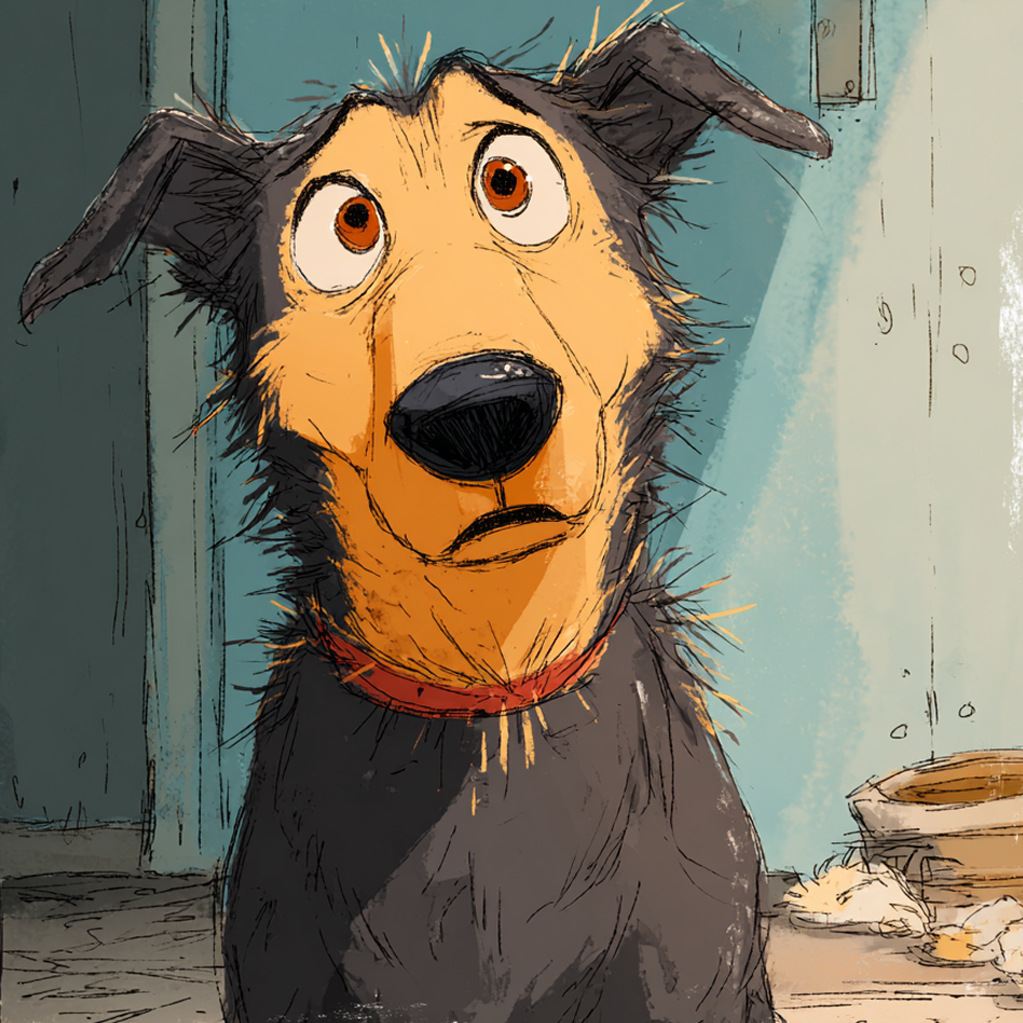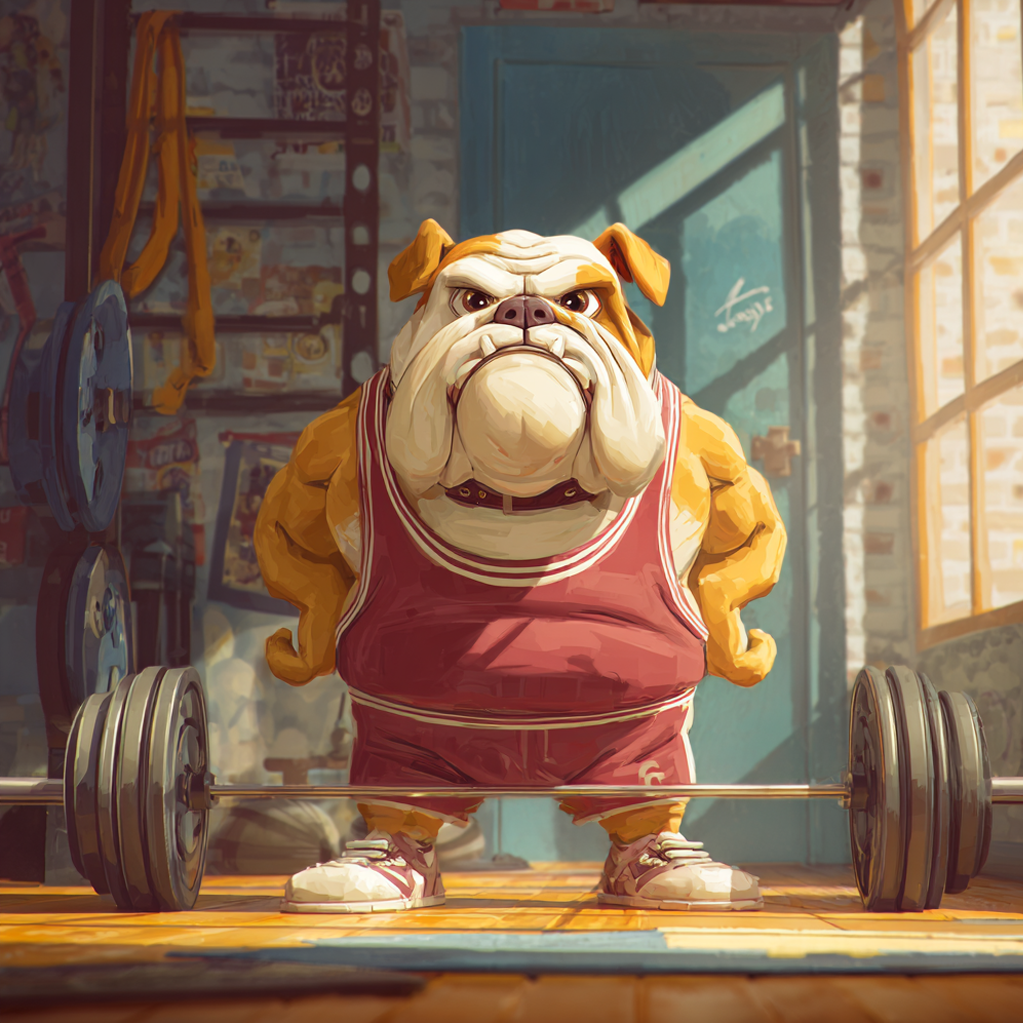The Golden Window: How to Build Your Puppy’s Brave New World
Forget obedience classes. Forget perfect sits. Right now – this very second – your puppy’s brain is doing something far more profound: it’s wiring itself to the world. Imagine a vast, empty library rapidly building shelves and filling them with books labeled “Safe,” “Interesting,” “Meh,” or “TERRIFYING.” The librarians? Every single experience you offer (or avoid) between weeks 3 and 14. This isn’t just “training.” This is foundation pouring for your dog’s entire emotional future. Miss this window, and you spend years trying to retrofit confidence onto a shaky structure. Understand it, and you gift your pup resilience for life.

Why 3-14 Weeks? The Neurological Fireworks Show
Picture your puppy’s brain like soft clay. Warm, malleable, incredibly impressionable. This is the primary socialization period. During these weeks:
- Fear is Minimal: Puppies are biologically programmed to be explorers, not fugitives. Novelty sparks curiosity, not panic (initially).
- Neural Plasticity is MAXED: New experiences physically shape brain pathways. Positive encounters build robust “safe” networks. Negative ones? They etch deep “danger” trails that are hard to reroute later.
- The “Fear Periods” Begin: Around 8-10 weeks, a subtle shift happens. The world starts feeling… bigger. Potentially scarier. Experiences during this sensitive phase carry extra weight. Positive = reinforced confidence. Negative = deep-seated fear that can generalize wildly (one scary man → fear of all men; one loud bang → fear of all sudden noises).
The brutal truth: After roughly 14-16 weeks, that soft clay starts hardening. New experiences are filtered through those early neural pathways. Introducing something truly novel later feels like trying to carve granite compared to molding clay. It can be done, but it’s slower, harder, and often leaves cracks. This window isn’t a suggestion. It’s neuroscience.
Safe Socialization: It’s NOT About Throwing Them In the Deep End
Mistake #1: Flooding. Taking your 9-week-old pup to a chaotic farmer’s market thinking “Exposure!” What they likely get? Overwhelming fear. Flooding often creates phobias. Safe socialization is about controlled, POSITIVE doses.
The Golden Rules:
- Let The Puppy Lead: This is paramount. Consent is key. Does your puppy choose to approach the new thing? Or are you dragging/pushing them? Watch their body language like a hawk:
- Curious/Confident: Relaxed body, loose wag, ears forward, approaching willingly.
- Unsure/Apprehensive: Slow movements, lowered head or body, ears slightly back, tentative sniffs, avoiding eye contact.
- Stressed/Scared: Cowering, trembling, tail tucked tightly, ears pinned back, whale eye (showing whites), yawning, lip licking, trying to hide/escape. STOP IMMEDIATELY.
- Distance is Your Friend: You don’t need nose-to-nose contact for positive exposure. A child playing loudly 50 feet away is a great start! A rumbling truck driving past across the street counts! Start far away, where the puppy notices but isn’t worried. Let them observe. Pair the sight/sound with something wonderful (treats, calm praise). Gradually decrease distance over multiple sessions only if the pup remains relaxed.
- Quality Over Quantity: One positive, calm interaction with a single gentle person is worth ten frantic pats from a crowd. Five minutes of observing quiet traffic from a safe bench beats a terrifying walk down a busy street. Short, sweet, successful sessions build confidence. Long, forced ones build fear.
- Associate, Associate, Associate: Every new sight, sound, smell, surface, and being must predict something awesome. See a person? Click/Treat! Hear a garbage truck? Click/Treat! Walk on grates? Click/Treat! This Pavlovian magic wires their brain: “New thing = Chicken happens! New thing is GOOD!”
Introducing New Humans: Making Friends, Not Fears
The goal isn’t “everyone must pet my puppy!” The goal is “my puppy learns humans are predictable and pleasant.”
- Start Calm: Ask people to ignore the puppy initially. No direct eye contact, no looming, no reaching. Let the puppy observe from a safe distance. Toss treats away from the person if the puppy seems hesitant. The person becomes a treat-dispensing statue.
- The Magic of Sitting/Kneeling: A standing human is huge and intimidating. Ask visitors to sit on the floor or kneel sideways. Instantly less threatening.
- Let Puppy Approach: Encourage the person to stay still, look away slightly, and offer a loose, closed fist (less scary than grabbing fingers) down low. Let the puppy choose to come sniff. Reward the puppy heavily for any calm investigation.
- Petting Protocol: If the puppy seems comfortable, the person can gently pet under the chin or on the chest – not over the head (can feel threatening). Keep it brief! 2-3 seconds of gentle petting, then stop. Does the puppy lean in for more? Great! Continue briefly. Do they back away? Respect it. More treats for calmness.
- Variety is Key: Gentle men, women, children (SUPERVISED closely – teach kids to be calm!), people with hats, sunglasses, beards, canes, wheelchairs, different ethnicities, different clothing styles (hoodies, uniforms). Think diversity.
Meeting Other Animals: Safe & Positive Encounters
Puppies need puppy-socialization first! Adult dogs, even friendly ones, can be overwhelming or inadvertently rude.
- Puppy Playdates: The BEST way. Seek out well-run puppy socialization classes with vaccinated puppies of similar age/size, supervised by a qualified trainer. This is structured play teaching bite inhibition and communication. Avoid chaotic dog parks!
- Meeting Known, Calm Adult Dogs: Choose a dog known to be gentle and tolerant of puppies. Introduce on neutral territory (not the adult dog’s home). Keep both dogs on leash initially, but allow slack. Let them approach and sniff each other’s rear ends (normal dog greeting). Watch body language closely:
- Good: Play bows, loose wags, bouncy movements, reciprocal chasing, gentle mouthing.
- Bad: Stiff bodies, fixed stares, growling, snapping, raised hackles, hiding. Intervene immediately by calmly separating.
- Supervision is Non-Negotiable: Never leave puppies unattended with other animals, even familiar ones. Interactions should be short and positive.
- Other Species: Introduce calmly to cats, livestock, etc., only if absolutely necessary and always with extreme caution, distance, and positive association (treats!). Prioritize safety for all involved.
Conquering the Soundscape: Turning Noise into Neutral Background
The world is LOUD. Your job is to teach your puppy that sounds mean treats rain from the sky, not doom.
- Start Low, Go Slow: Find recordings of common sounds (vacuum, thunder, fireworks, doorbells, traffic, children shouting). Play them at an almost imperceptible volume while your puppy is relaxed (eating, chewing, playing). Pair every faint sound with high-value treats. Volume stays low as long as the puppy notices but isn’t concerned.
- Gradual Increases: Over many sessions, slowly increase the volume, only if the puppy remains completely relaxed. If they startle, freeze, or look worried, you went too far too fast. Turn it down immediately and work at the lower volume longer.
- Real-Life Sound Pairing: When real-life sounds happen (garbage truck, knock at the door, blender), stay calm yourself! Immediately shower treats. “Oh! The scary noise! TREAT PARTY!” Your calmness is contagious.
- Avoid Force: Don’t force them closer to a loud noise. Let them retreat to a safe distance if needed, and deliver treats there.
The Heart of It: You Are Their Safe Harbor
Socialization isn’t about checking boxes. It’s about building trust. Your puppy needs to know that when the world feels big and strange, you are their constant source of safety and good things.
- Never Force or Flood: Respecting their fear builds trust. Pushing them into terror destroys it.
- Your Energy Matters: If you tense up anticipating a scary reaction (“Oh no, here comes a bike!”), your puppy will notice and think, “My human is worried! This must be bad!” Breathe. Stay calm. Be boringly confident.
- Provide Retreat: Always ensure they can move away from something they find overwhelming. A crate, a quiet room, hiding behind your legs – these safe retreats are crucial.
- Celebrate Curiosity: Reward every brave little sniff, every tentative step towards something new. That curiosity is pure gold.
You hold the blueprint during these precious weeks. You aren’t just exposing your puppy to the world; you’re teaching them how to see it. With patience, empathy, and a pocket full of chicken, you can build a dog who meets novelty not with fear, but with a wagging tail and an open heart. That’s the gift of the golden window. Don’t let it close unseen.



